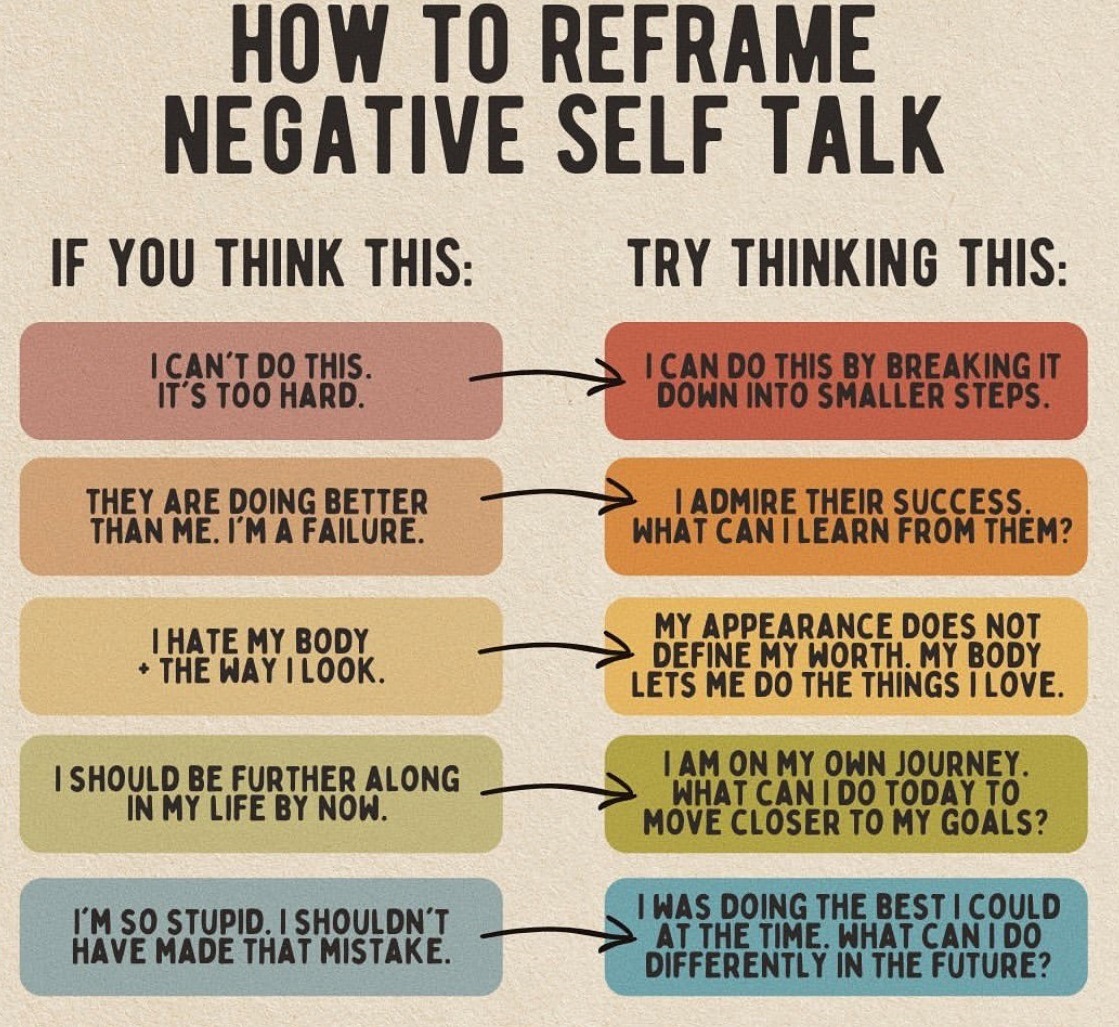Conflict resolution and mediation are integral components of any society, and the technique of reframing is central to the process of resolving conflicts and reaching amicable settlements. Reframing involves a change in the interpretation or perception of a situation and is aimed at helping conflicting parties identify common ground and attain mutually satisfactory outcomes. This essay will delve into the concept of reframing, its numerous advantages, and how it can be effectively implemented in mediation, using an example from the field of entertainment law.
Reframing is the act of altering the perspective through which a problem is viewed. In conflict resolution and mediation, it entails moving away from a confrontational approach and focusing instead on the underlying interests, needs, and values of the parties involved. This shift in perspective often results in the discovery of new and innovative solutions that cater to both parties’ requirements and lead to peaceful resolution.
One of the key benefits of reframing is its ability to mitigate the emotional charge of a situation. Conflicts have a tendency to intensify emotions, which makes it difficult for the parties to move forward in a constructive way. By altering the language used and putting the emphasis on the underlying needs and interests of the parties, reframing helps to defuse conflict. As a result, there is a stronger foundation for reaching a consensus and a more cooperative and less combative environment ensues.
Reframing can be used in conflicts between artists and their agents in the area of entertainment law. There may be a breakdown in the partnership if an artist feels their agent is not adequately protecting their interests. By employing the reframing strategy, a mediator may cause the parties’ underlying interests and objectives to take center stage rather than the question of representation. The artist may value creative freedom and control over their career, while the agent may prioritize commercial success and financial stability. By reframing the situation, the mediator can help the parties understand each other’s perspectives and find a solution that accommodates both parties’ interests, such as implementing a system for regular communication and decision-making between the artist and agent.
In order to build trust amongst parties who are at odds with one another, reframing is also essential. The ability to listen to and understand the viewpoints of the parties is demonstrated when a mediator employs reframing to change how a situation is perceived. This degree of understanding and empathy helps people become more trusting of one another, which is essential for a productive mediation session.
A scenario can be reframed in a variety of ways by mediators. The use of “I” statements, when the mediator communicates their own feelings and perspectives on the problem, is one of the most successful techniques. This strategy lessens the confrontational environment and emphasizes the neutrality and objectivity of the mediator. Another helpful strategy for reframing is an open-ended inquiry since it forces the parties to reflect more thoroughly on their needs and interests. The mediator can help the parties come up with novel ideas and new perspectives by probing them with questions.
In addition, mediators can use reframing to help the parties keep an open mind and help them see the bigger picture. By shifting the focus from the immediate problem to the long-term goals of the parties, the mediator can assist the parties realizing that their goals and objectives are more aligned than initially perceived. This shift of perspective can reduce the intensity of conflict and promote a more collaborative and cooperative environment, leading to the potential of a peaceful resolution.
Reframing is a crucial tool in the field of dispute resolution and mediation. By modifying the perception of a situation, mediators can help parties view the situation from a new angle, reduce the emotional intensity of the conflict, foster trust, and find creative solutions that meet the needs of both parties. Whether through the use of “I” statements open-ended questions, or by helping the parties see the bigger picture, reframing can facilitate the achievement of a peaceful and mutually acceptable resolution.
